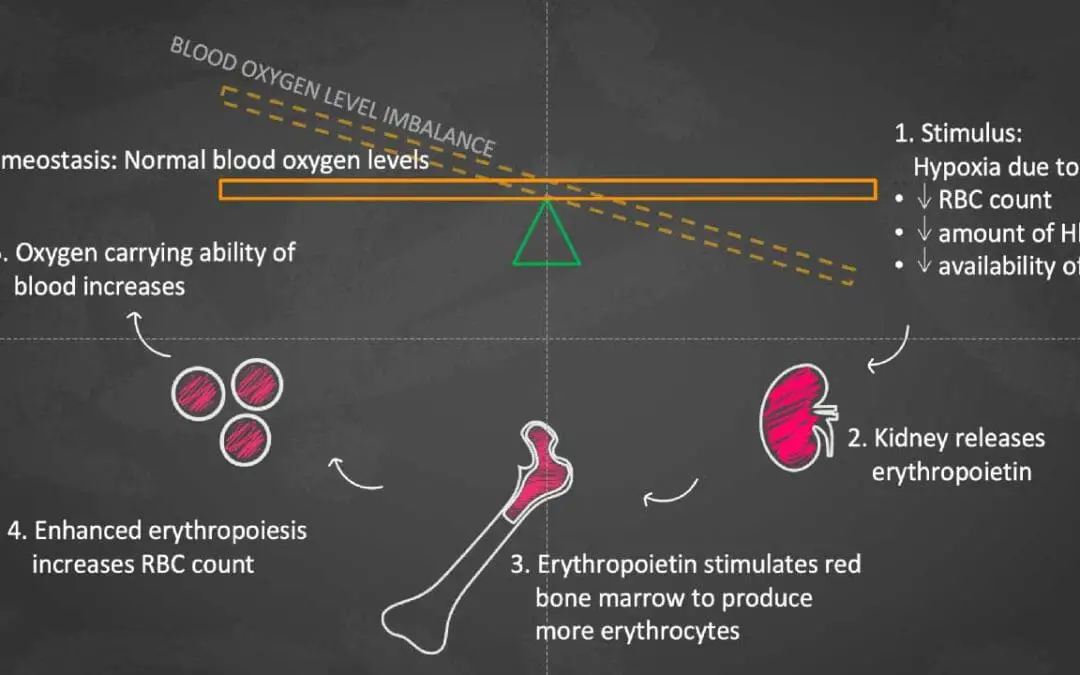
by MH Team | Dec 13, 2024 | Red Blood Cells
TL;DR The spleen is a vital organ for immunity and blood filtration. Location ▾: Upper left quadrant of the abdomen, under the rib cage, near the stomach, left kidney, and diaphragm. Structure ▾: Capsule and trabeculae provide support. White pulp...

by MH Team | Dec 1, 2024 | White Blood Cells
TL;DR Immunotherapy is a type of cancer treatment that uses the body’s own immune system to fight cancer cells. It aims to boost the immune system’s ability to recognize and attack cancer cells. Mechanisms ▾ Checkpoint Inhibitors: Drugs that release...

by MH Team | Nov 25, 2024 | Red Blood Cells
TL;DR Erythropoietin (EPO) is a vital hormone primarily produced by the kidneys. It plays a crucial role in stimulating the production of red blood cells in the bone marrow, a process known as erythropoiesis. Key Functions of EPO ▾ Stimulates Red Blood Cell...

by MH Team | Nov 18, 2024 | White Blood Cells
TL;DR Follicular Lymphoma is a type of slow-growing, non-Hodgkin lymphoma affecting B-cells. Key Features Indolent Course: Often progresses slowly. Lymph Node Involvement: Commonly affects lymph nodes, especially in the neck, armpits, or groin. Histological Features:...

by MH Team | Nov 10, 2024 | White Blood Cells
TL;DR What is CAR T-cell therapy? ▾ CAR T-cell treatment is a type of immunotherapy that uses a patient’s own T-cells to fight cancer. T-cells are genetically engineered to express a chimeric antigen receptor (CAR) that recognizes and targets cancer...







Recent Comments